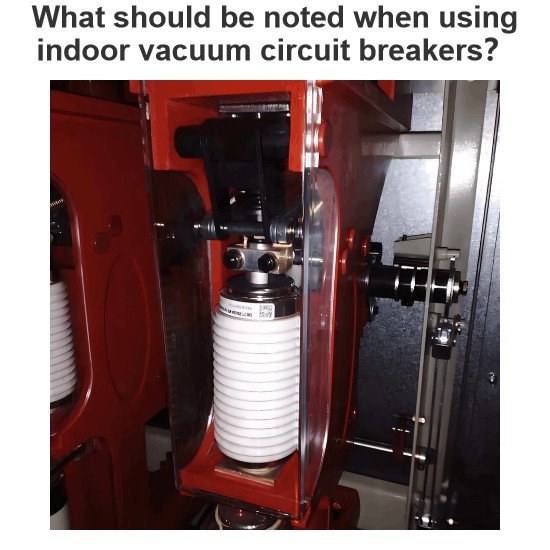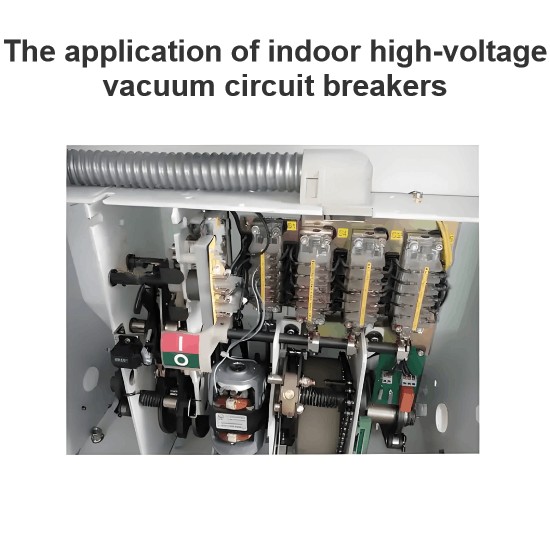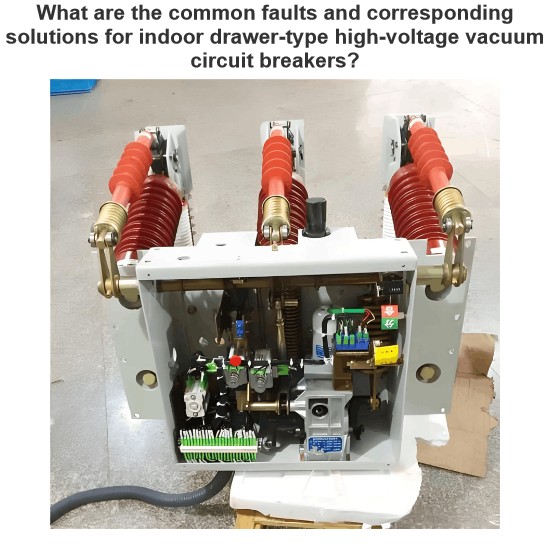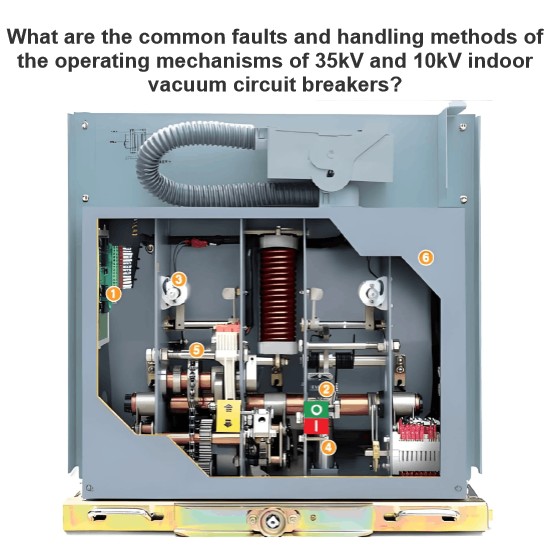What is a circuit breaker?
What is a circuit breaker?
Circuit breaker definition
Circuit breaker is a switch device composed of contact system, arc extinguishing system, operating mechanism, release device, housing, etc, which can close, carry and break the current under normal and abnormal conditions to protect the circuit and equipment from overload, short circuit and other faults.
Basic structure
Contact system
Arc extinguishing system
Operating mechanism
Release device
Shell
Working principle
When the short circuit, the magnetic field generated by the large current (generally 10 to 12 times) overcomes the reaction spring, the release device pulls the operating mechanism to act, and the switch is tripped instantaneously. When overloaded, the current becomes larger, the heat is intensified, and the bimetal sheet is deformed to a certain extent to promote the mechanism action (the greater the current, the shorter the action time).
Operating characteristics
Rated voltage
Rated current
Setting range of trip current for overload protection
Short circuit protection
Rated short circuit breaking current
Circuit breaker classification
Low-voltage circuit breaker : a manual switch function, and can automatically perform voltage loss, undervoltage, overload, and short circuit protection of the electrical appliances, can be used to distribute electrical energy, infrequently start asynchronous motors, the power line and motor protection, when serious overload or short circuit and undervoltage failures can automatically cut off the circuit.
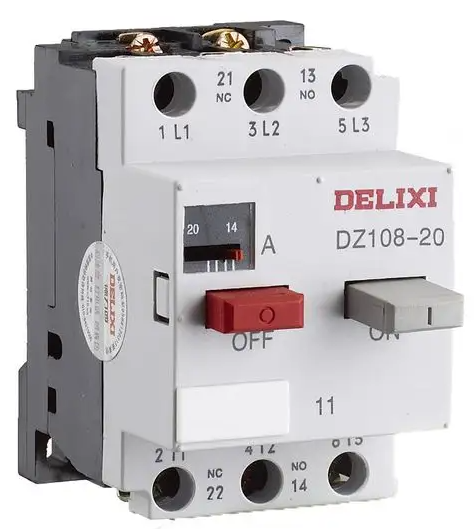
High-voltage circuit breaker : the rated voltage of 3kV and above is mainly used to break and close the electrical circuit.
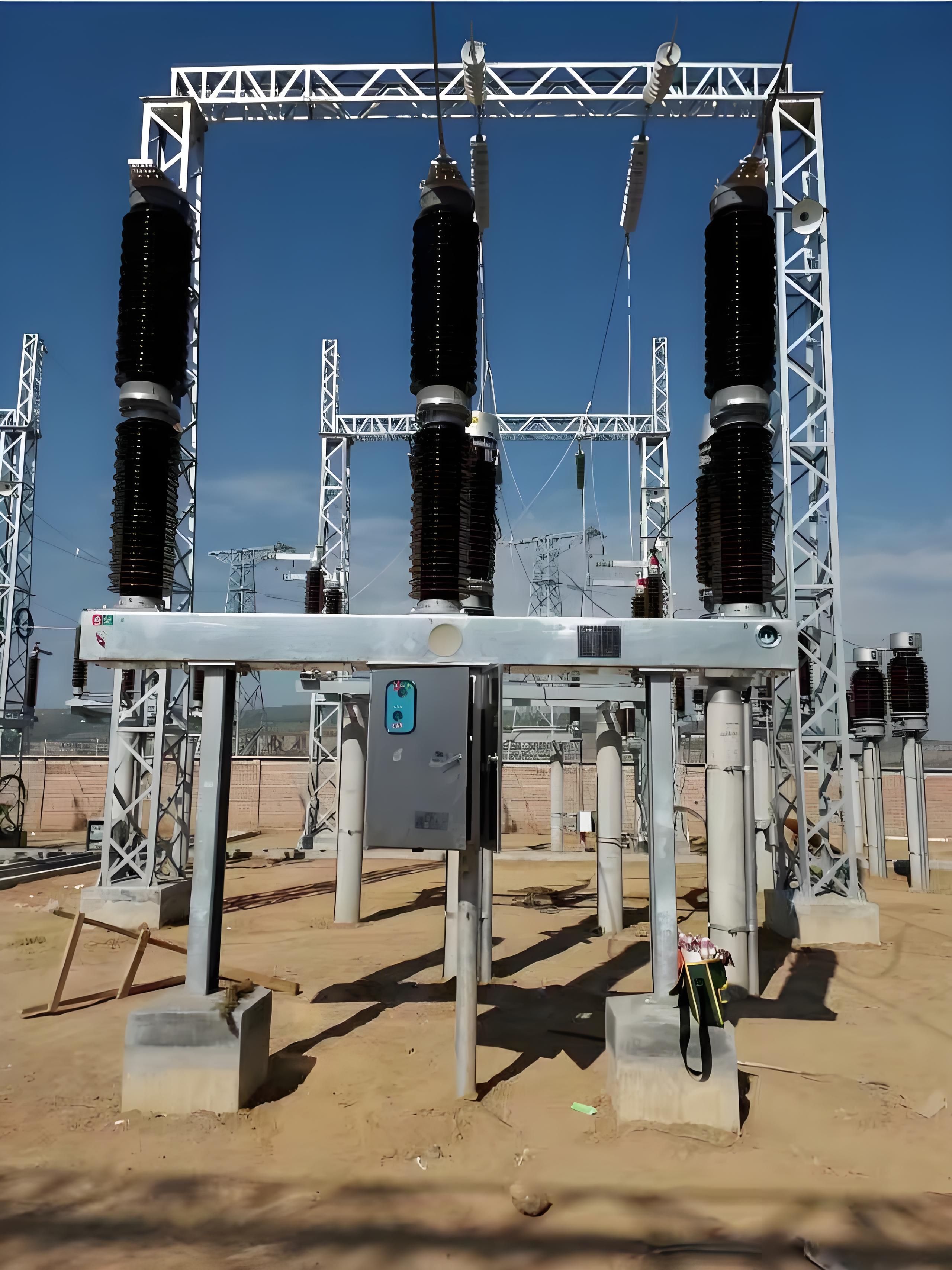
Circuit breaker connection
Wiring mode behind the board
Plug-in connection mode
Drawer type wiring mode
Working condition
Temperature : upper ambient air temperature +40℃; Lower limit of ambient air temperature -5℃; The average ambient air temperature for 24h does not exceed +35℃.
Elevation : The elevation of the installation site does not exceed 2000m.
Atmospheric conditions : the relative humidity of the atmosphere does not exceed 50% when the ambient air temperature is +40℃; It can have higher relative humidity at lower bottom temperature. The monthly average maximum relative humidity of the wettest month is 90%, while the monthly average minimum temperature of the month is +25 ° C, taking into account the condensation that occurs on the surface of the product due to temperature changes.
Pollution level : The pollution level is 3.
Development direction
Bulk
Intelligentize
Miniaturization
We aim to gather electrical knowledge and share it with others.

